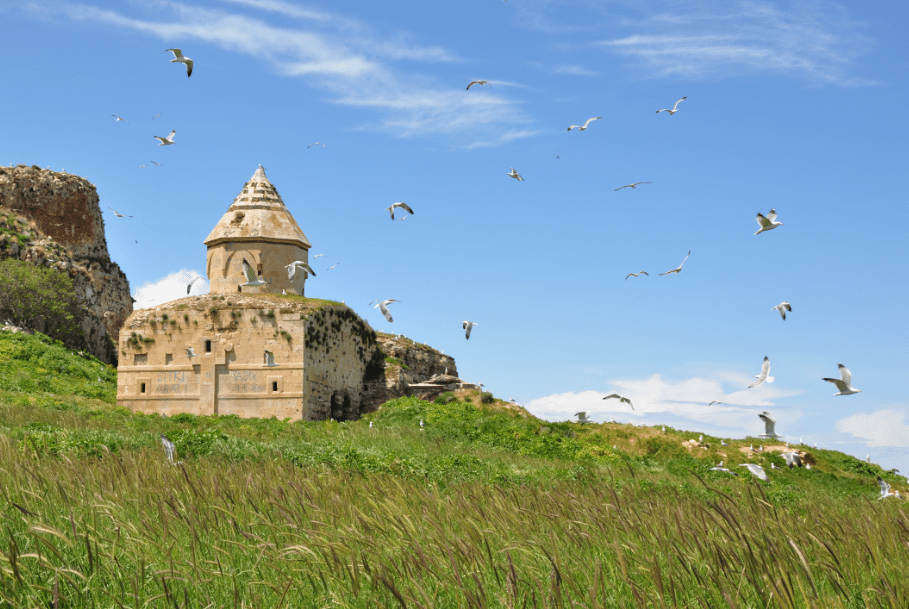Aghjayan Launches New Website on Western Armenia
Special for the Armenian Weekly
The first time George Aghjayan traveled to Western Armenia was in 1996, on a trip he describes as being an emotional, psychological, and physical challenge. Things were much different then, according to Aghjayan. “Twenty years ago, you would be able to still meet and talk with those who had actually survived the genocide. Today the ‘hidden Armenians’ are their children and grandchildren,” he explains, adding that it is much easier to travel throughout Western Armenia today, particularly in areas where Kurds dominate the population. “The desecration of our culture is ongoing, though, as is the prejudice against Armenians,” he says.
Aghjayan has traveled to Western Armenia many times since his first visit, documenting all he can along the way. While his primary area of focus is on the demographics and geography of Western Armenia, he also has a keen interest in the hidden Armenians living on those lands. “Against every incentive—violence, discrimination, economic, etc.—an Armenian identity has remained in Western Armenia. There is a need to protect and encourage the growth of that identity,” he says.
After a career in both insurance and structured finance, Aghjayan retired last year to concentrate his efforts on Armenian-related research and projects. As a result of much convincing from close friends and family to establish some sort of presence online, Aghjayan on May 3 launched his Western Armenia website.
This is not his first experience in the online world. “In the 1990’s, I had briefly created a website for Armenian genealogy and found the demands of maintaining that site distracted the little time I had for research with work, family, and community,” says Aghjayan.
Over the years, though, his research on the location of previously Armenian villages and the demographics of Western Armenia prior to the genocide proved useful to a broad range of people interested in these topics. Aghjayan decided that a website was needed to document the Armenian presence in Western Armenia and to draw attention to the hidden Armenians who have remained there.
“It was my most recent trip for the commemorations of the 100th anniversary of the Armenian Genocide that really finalized the need,” he says.
The website is still a work in progress; Aghjayan says that even the overall structure is not yet clearly defined. “Currently, the maps on the website only cover approximately 10 percent of the Armenian-inhabited villages. I would like to expand the areas covered. Of course, the Armenian cultural presence is endless, so as I visit more places, I will add more photos to serve as another data point to document their condition.”
He also plans on adding a section on Armenian genealogy, though he’s not yet sure how it will look. “Genealogy and demography go hand in hand. The connection between hidden Armenians and possible relatives in the diaspora as well as the overall effort to repair the rupture in our family and national history is something that needs to be explored,” he says.
“Just today, in fact, I found someone’s family in the Ottoman census. I have an article in my head ready to go on my own family as well. I write these sorts of articles to give hope and inspire others to explore and document their families’ history.”






















